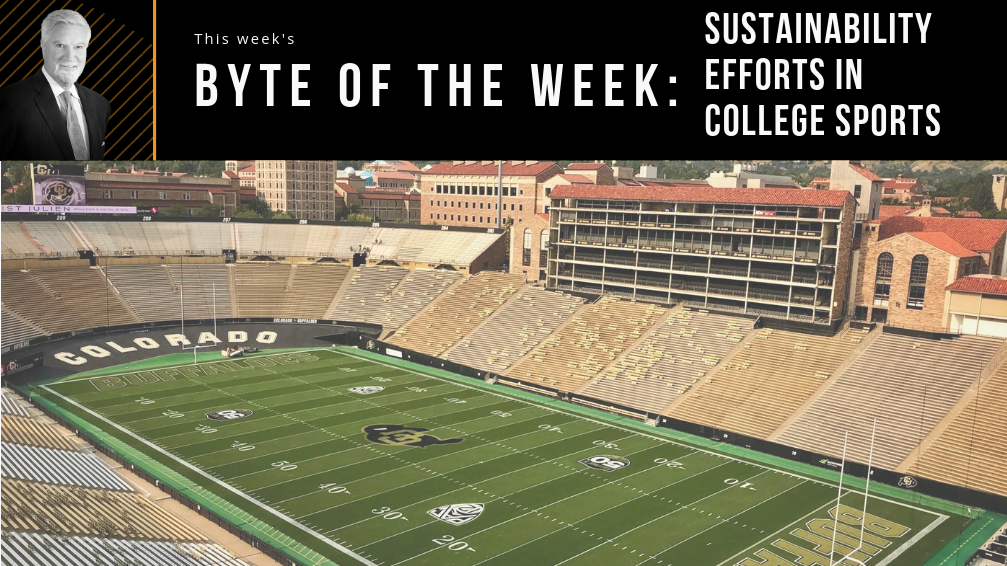Last week, my friend and basketball rival Bill Walton served as the keynote speaker for the Pac-12 Sustainability Conference. The event, now in its third year, shared best practices and sustainability efforts in college sports.
Climate change, with its impact on the health and performance of student-athletes as well the games themselves, is increasingly becoming a concern for college sports.
Heat waves intensify the risk of hyperthermia in our players. Droughts and water scarcity affect our fields, including both natural and artificial turf. These problems are becoming more common in the nation’s heartland and in warm, dry climates like Texas.
Not only that, imagine how warming effects will play out for spectators at outdoor sports like tennis and football. Some parts of the country are expected to have temperatures exceed 90 degrees for almost six months out of the year.
The good news is that many of our schools are doing their part to support sustainability and expand their green efforts. In 2008, the University of Colorado became the first athletics department in the country to feature a sports-sustainability program. Today, more than 200 athletics departments in all three NCAA divisions have developed or are developing sustainability programs.
I am encouraged by the adoption of widespread sustainability practices in collegiate sports. Although no single blueprint for environmental work exists, the initiatives at our schools are providing great foundations for greening efforts across the country.






